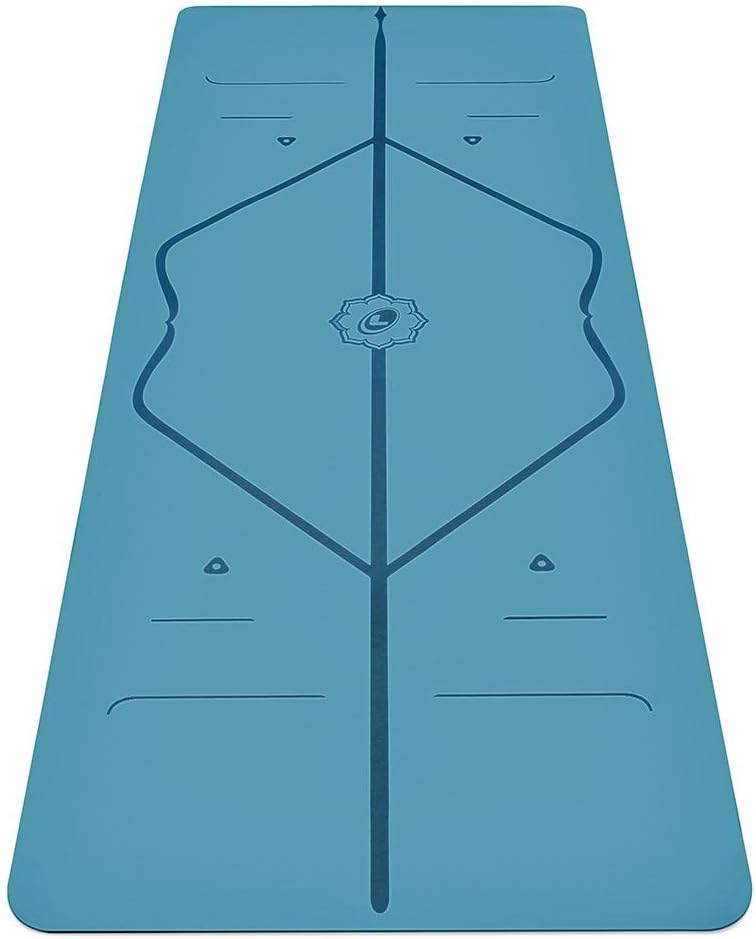From city walks to outdoor yoga, we have been exploring new ways to organically combine daily life with healthy exercise. With a yoga mat, we can heal ourselves with every breath, and the space under our feet has become our mini gym. Yoga practice requires the completion of various postures, sometimes involving the placement and movement of the body. Yoga mats can effectively prevent slipping or losing balance during practice, protecting our safety.
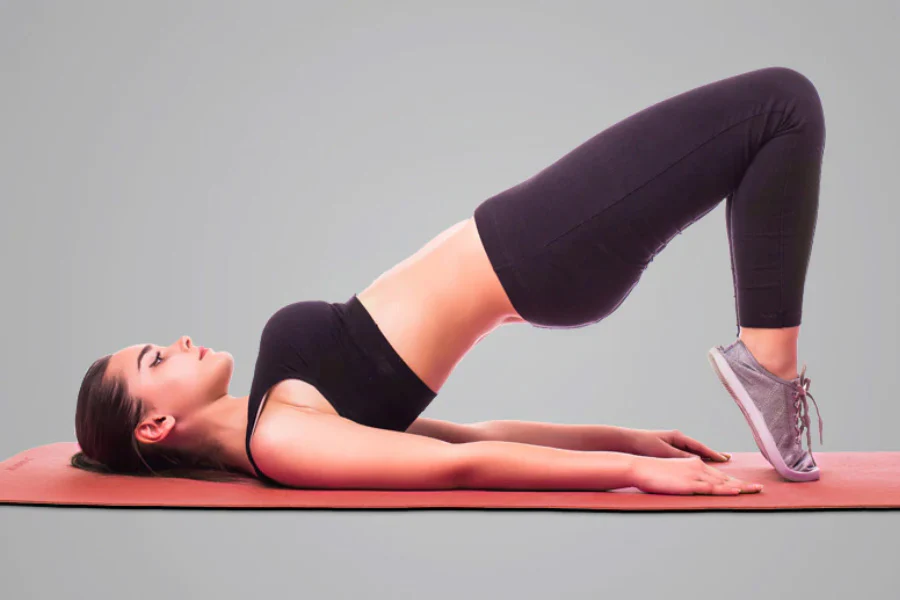
Materials And Characteristics
Usability
The mainstream yoga mats on the market are made of rubber and plastic, which may contain polycyclic aromatic hydrocarbons (PAHs). Substances such as benzopyrene are carcinogens and potentially harmful to the human body.

Hook-back pose, supine stretch pose, etc. When we shape our core muscles, the yoga mat is also under tension. When performing certain yoga movements, the part of the body that touches the ground may be subjected to greater impact. The soft material of the yoga mat can disperse this impact, reduce damage to the body, and prevent abrasions and bruises.
The greater the tensile strength, the greater the elongation at break, the better the ductility of the product, and it is less likely to break due to pulling during exercise. The test results show that under the same force, the yoga mat made of natural rubber is not easy to deform, has good durability, and can help maintain balance.
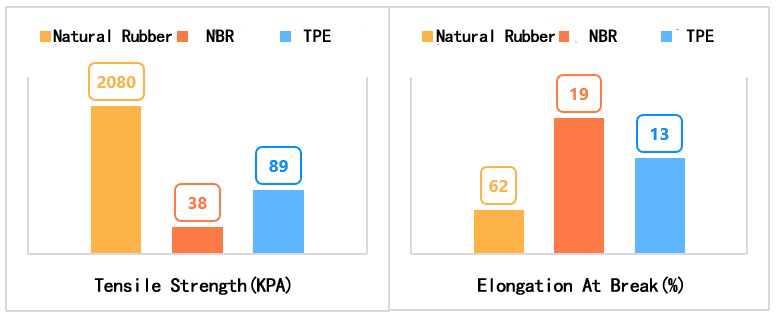
Yoga mats provide comfortable cushioning support. Practicing yoga requires holding postures for a period of time, and some postures require the body to have a certain contact with the ground. The softness of the mat can provide better cushioning support for the body, reducing the pressure on the joints and body bones, making the practice more comfortable and safe.
Size And Weight
Tests were conducted in terms of length, width, thickness, and weight. The results showed that the three types of yoga mats differed significantly in width, and the TPE yoga mats were relatively wider. In terms of weight and thickness, NBR yoga mats are generally lighter and thicker, with a thickness of 10 mm being the main thickness; natural rubber yoga mats are generally heavier and thinner, with a thickness usually not exceeding 5 mm; TPE yoga mats are of medium weight and have a wide range of thickness specifications.

Shock Absorption Effect
For fitness enthusiasts who like to do aerobics, yoga mats can play a role in shock absorption and rebound, protecting their joints while reducing noise.
The impact absorption performance of yoga mats was tested. The larger the value, the stronger the energy absorption capacity of the yoga mat, the smaller the impact on the human body, and the better the shock absorption effect.
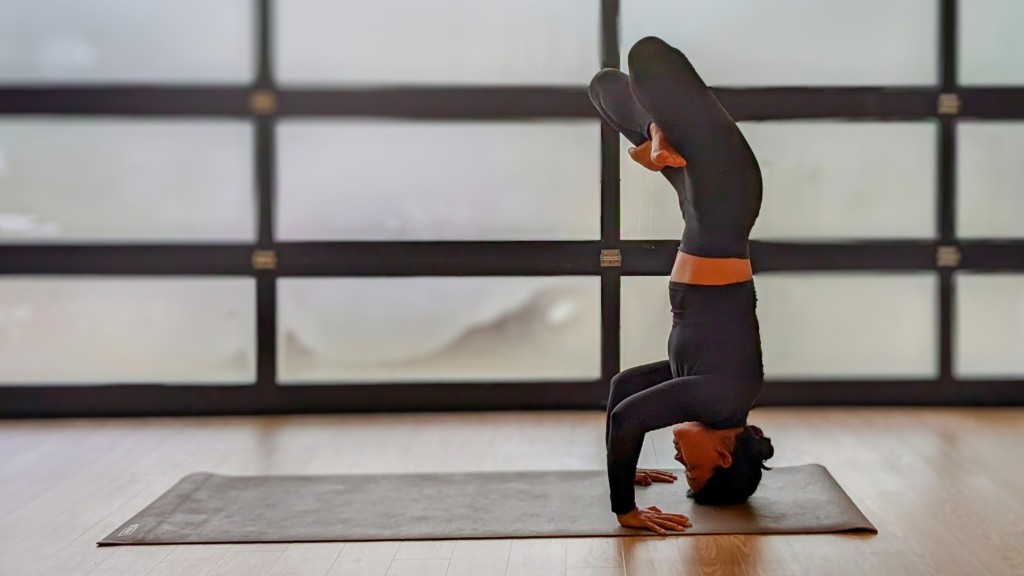
The results showed that the impact absorption value was between 2.9% and 28.9%, the average value of yoga mats made of NBR was 15.4%, the average value of yoga mats made of TPE was 19.9%, and the average value of yoga mats made of natural rubber was 7.8%. The shock absorption effect of yoga mats made of NBR and TPE is better than that of yoga mats made of natural rubber.
In addition, the ordinary and thickened yoga mats of the same brand and model were tested. The results showed that the average impact absorption value of the ordinary model was 19.9%, and the average value of the thickened model was 49.2%. It can be seen that the thicker the yoga mat, the better the shock absorption effect.
Anti-Slip Ability
During exercise, the body often sweats, and yoga mats can absorb sweat, avoid sweating and slipping, and make the practice process cleaner and more hygienic. At the same time, the mat is also easy to clean and keep hygienic. The results showed that the anti-slip performance of natural rubber material is significantly better than the other two materials.
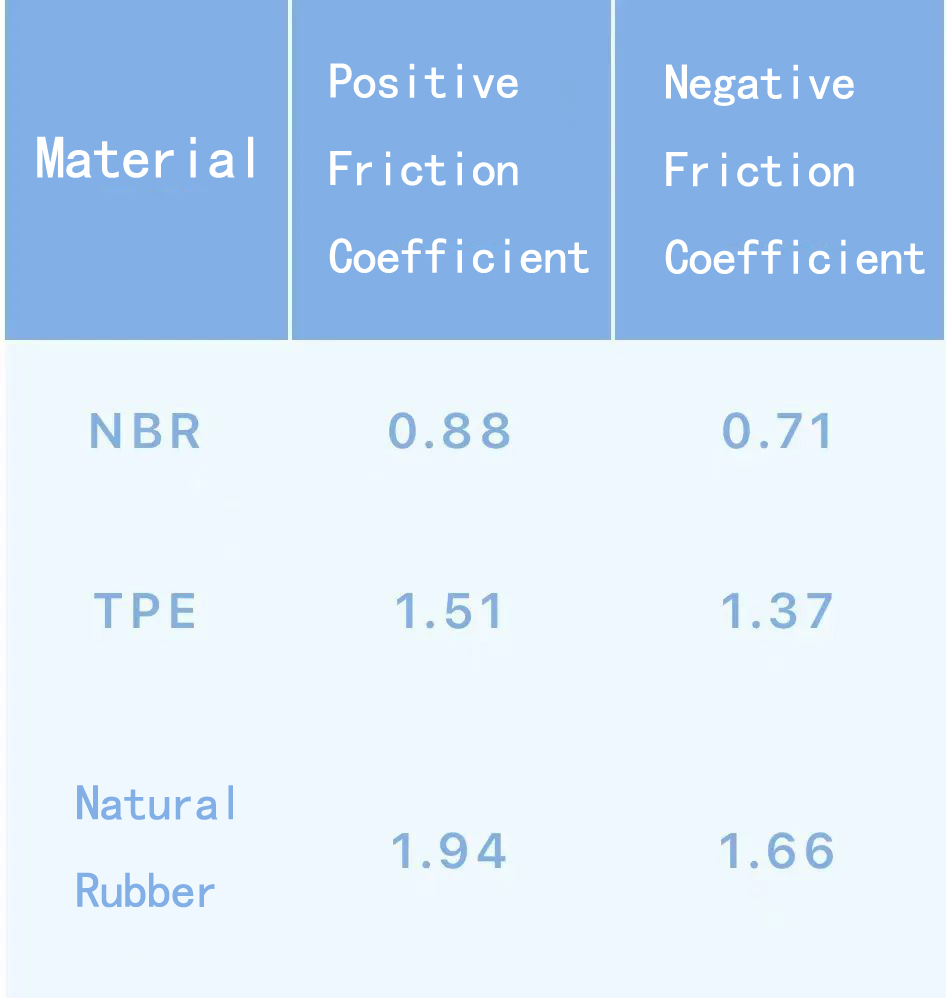
Difficulty Of Cleaning
As a marker of private space, yoga mats make it easier for practitioners to find their position, so timely cleaning is necessary. Four different pollutants (foundation liquid, sunscreen, lipstick, orange juice) were applied to the surface of yoga mats and wiped to simulate consumer habits. The results showed that lipstick was the most difficult to remove. Yoga mats made of NBR were relatively easy to clean, while yoga mats made of TPE were more difficult to remove after the pollutants remained.

Odor Intensity
Whether the yoga mat has an odor during use will also affect our mood during exercise. The Municipal Consumer Protection Committee recruited 10 odor evaluators to evaluate the odor intensity of 30 yoga mats. The results showed that 7 models (4 TPE, 2 natural rubber, and 1 NBR) were not easy to smell and performed better. The remaining 23 models could clearly smell the odor but it was not pungent.
In summary, the three materials of NBR, TPE, and natural rubber have their own advantages and disadvantages, and can be selected as needed.
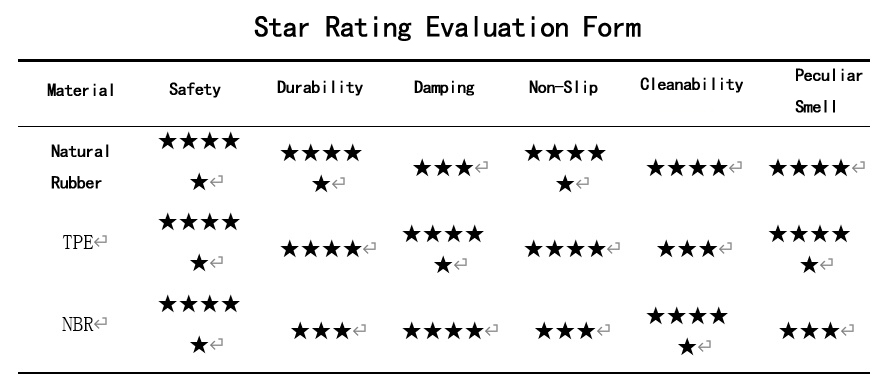
How To Find The Best Yoga Mat
How To Use A Yoga Mat
If you don’t have time to go to the gym, you can train your abdominal muscles with just a yoga mat. Experienced coaches teach you 15 abdominal exercises. Each exercise lasts 20 seconds, with a 10-second break between exercises. Do 15 exercises in a row as a set, and do three sets each time.
Action 1: Lie on your back and do abdominal crunches, with your lower back pressed against the training mat, exhale as you exert force.

Action 2: Lie on your back and swing your legs alternately, mainly stimulating the lower abdominal muscles.
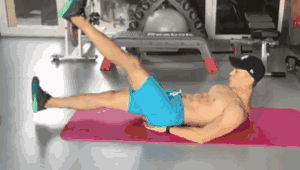
Action 3: Inverted V-shape support, exhale when going up and inhale when going down.
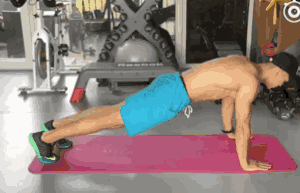
Action 4: Stretch your arms to touch your feet, keeping your legs straight as you stretch them.
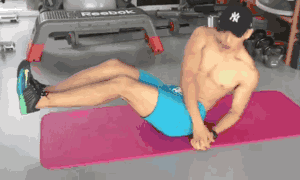
Action 5: Sideways core training, which can exercise the external oblique muscles of the abdomen. Be careful not to lower your buttocks too low or too high.
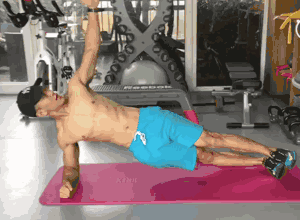
Action 6: Touch the opposite elbow to the knee to stimulate the external oblique muscles.
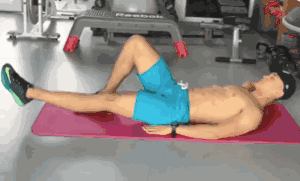
Action 7: Switch sides and do elbow to knee touch

Action 8: Alternate between touching your elbows to your knees, being careful not to put upward force on your neck.
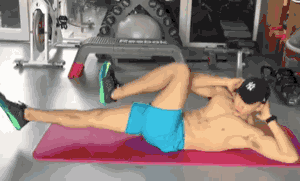
Action 9: Touch your knees alternately from side to side.
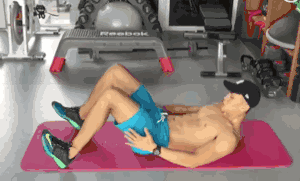
Action 10: Lie on your back and lift your legs to touch your feet. Exhale when moving upwards and inhale when moving downwards.
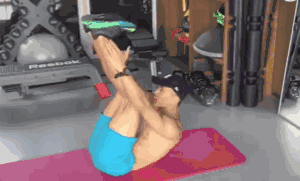
Action 11: Abdominal muscle static exercise.

Action 12: Russian Twist.
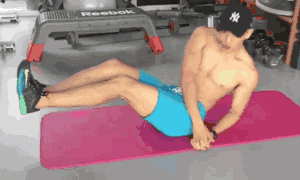
Action 13: Bend your knees and do a plank. Pay attention to tilting your pelvis backward and tightening your abdomen.
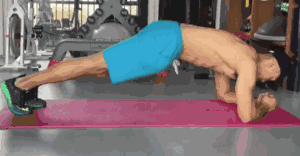
Action 14: Abdominal muscle stretching.
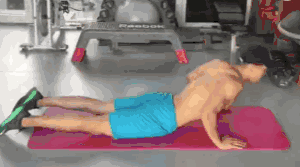
Action 15: Stretch the lower back muscles.
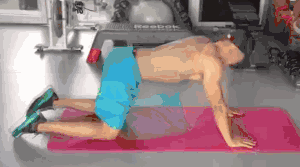
What Brand Of Yoga Mat Is Good?
1. Manduka PRO Yoga Mat
- Pros: Extremely durable, offers great cushioning, closed-cell material to prevent sweat absorption.
- Cons: Heavier than most mats, needs a break-in period.
- Best For: Regular or intense yoga practice.
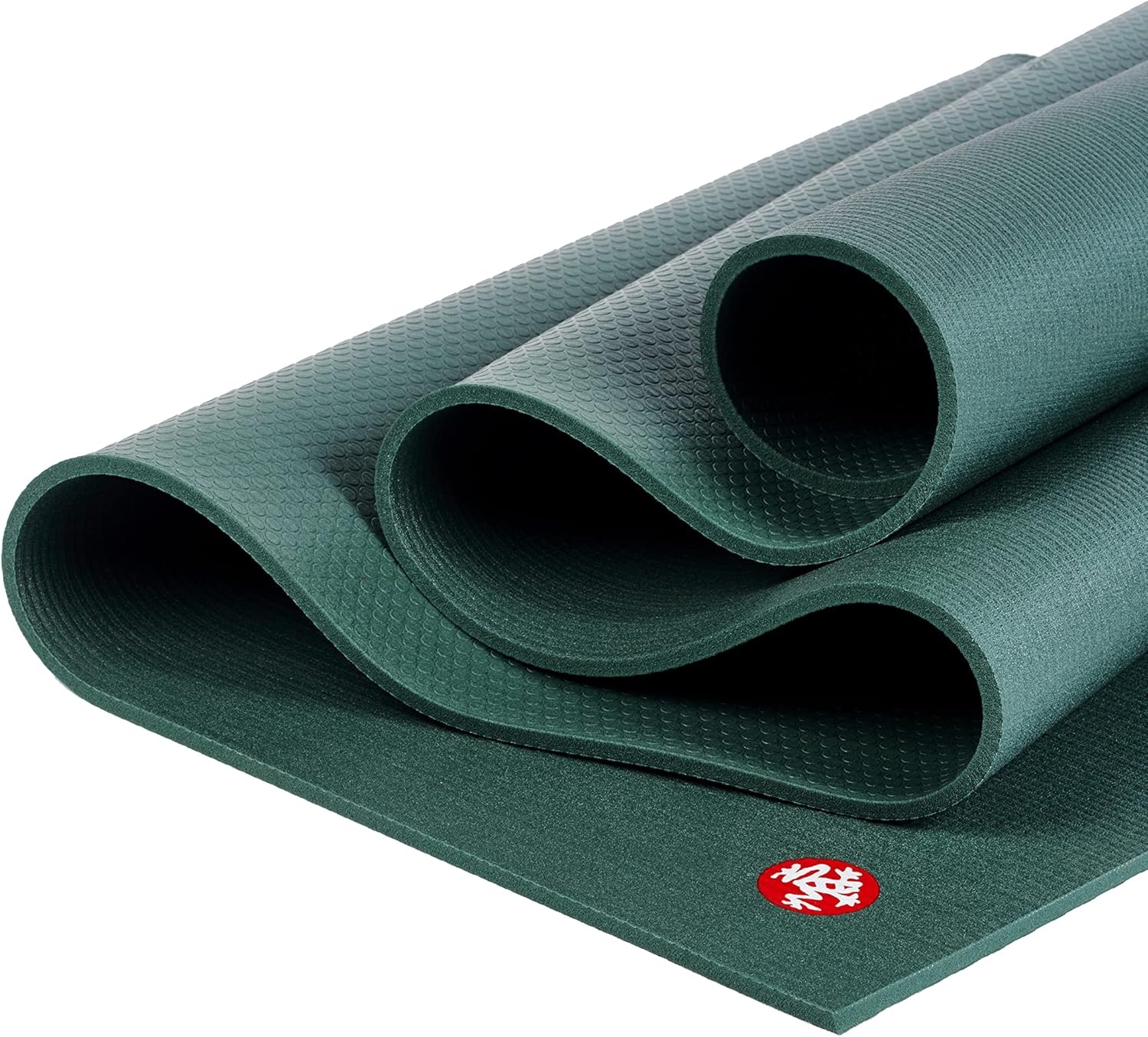
Manduka PRO Yoga Mat – 1 Teacher Recommended, Grippy Textured 6mm ultra-dense, Hot Yoga Workout, Studio at Home Pilates
2. Liforme Yoga Mat
- Pros: Excellent grip, eco-friendly, has alignment markers.
- Cons: Expensive, not as thick as some mats.
- Best For: Hot yoga or practitioners looking for alignment support.
3. Gaiam Premium Yoga Mat
- Pros: Affordable, good cushion, comes in various designs.
- Cons: Less durable, not as sticky.
- Best For: Beginners or occasional practitioners.
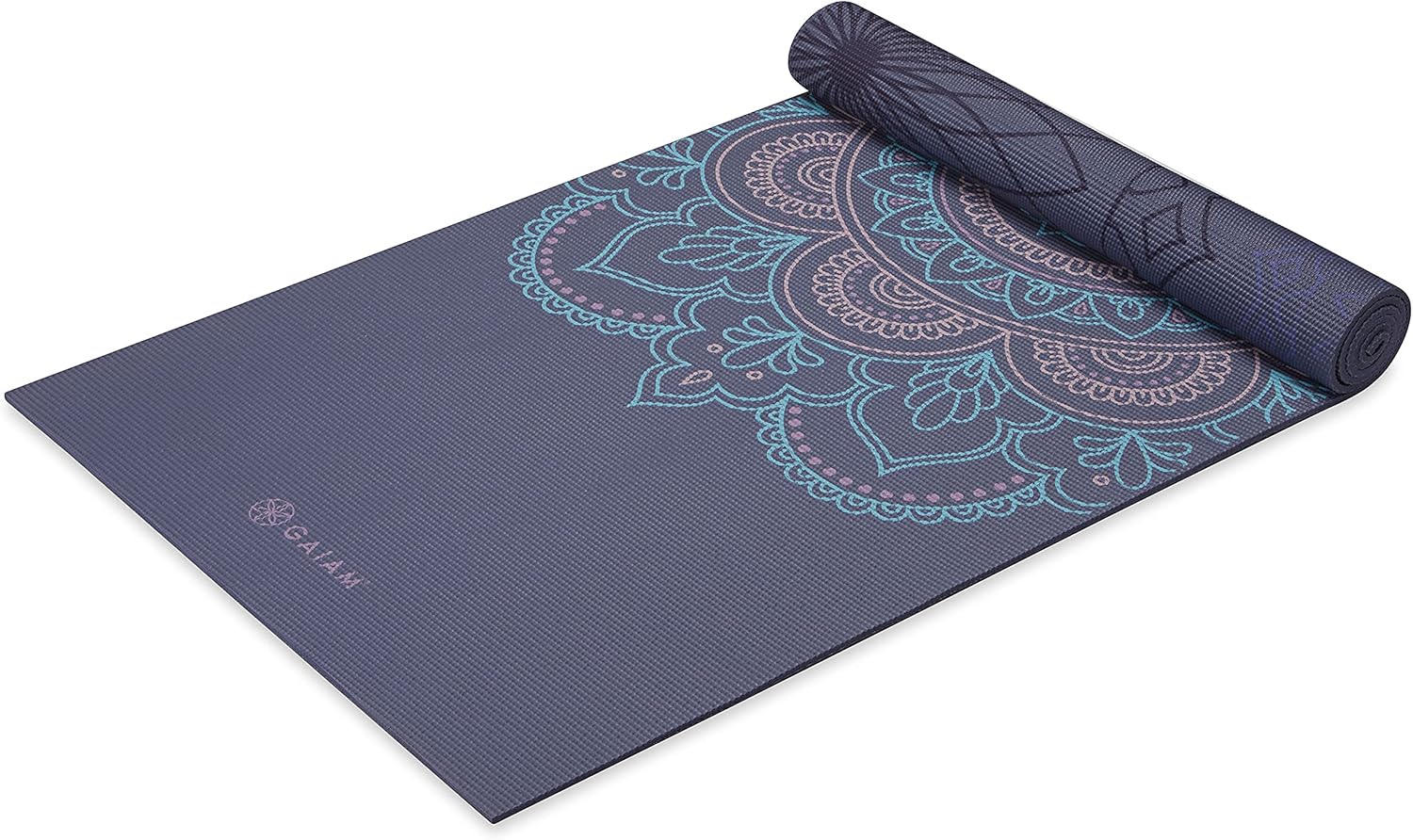
Gaiam Yoga Mat – Premium 6mm Print Reversible Extra Thick Non Slip Exercise & Fitness Mat for All Types of Yoga
4. Jade Yoga Harmony Mat
- Pros: Natural rubber, eco-friendly, excellent grip.
- Cons: Slight rubber smell, not ideal for outdoor use.
- Best For: People looking for sustainable options with great grip.

JadeYoga Harmony Yoga Mat – Durable & Thick Gym Fitness Mat, Non-Slip Natural Rubber Yoga Mat
5. BalanceFrom GoYoga All-Purpose Mat
- Pros: Budget-friendly, extra thick, lightweight.
- Cons: Less durable over time, can feel slippery.
- Best For: Beginners or those looking for extra cushioning.
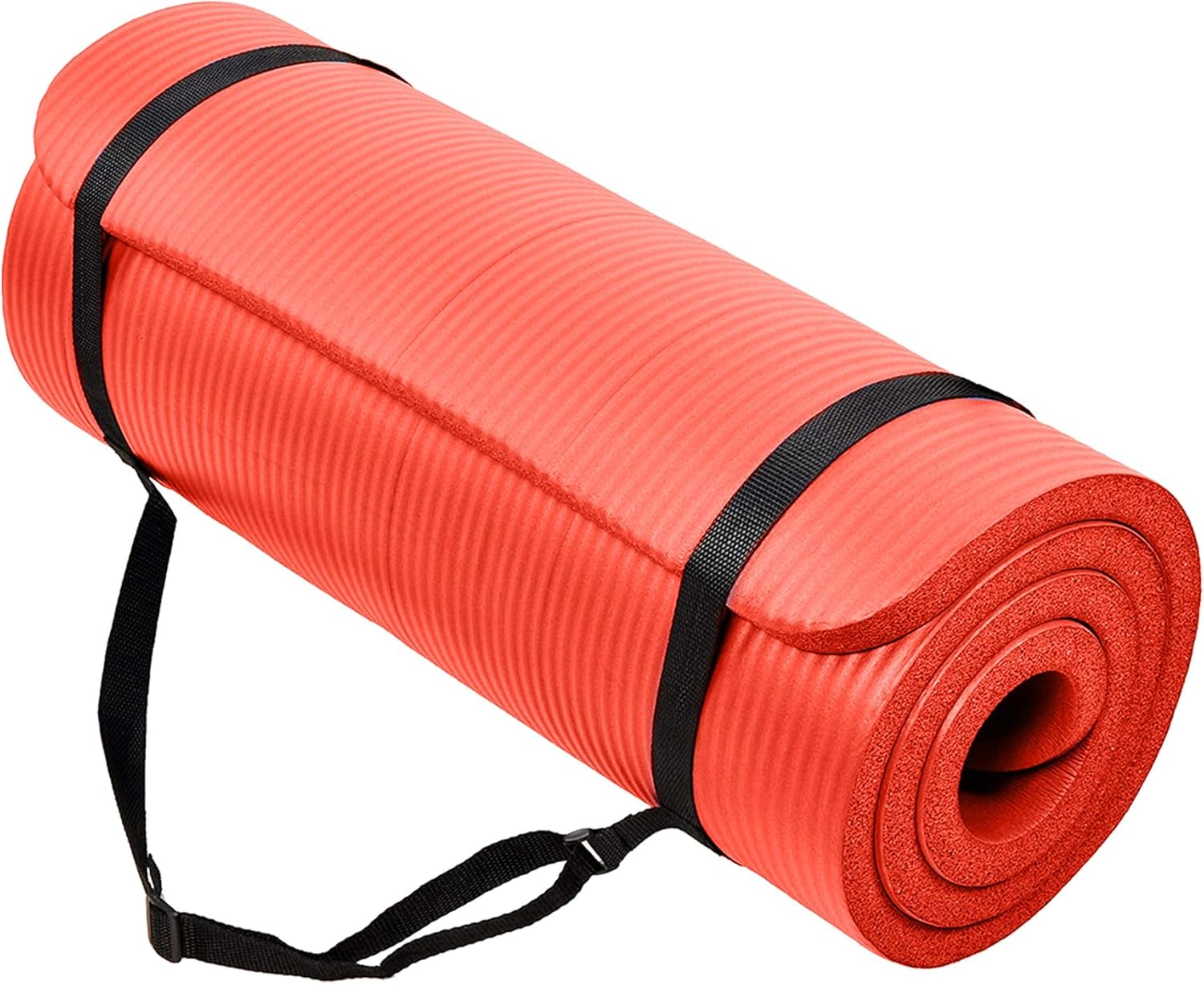
BalanceFrom All-Purpose 1-Inch Extra Thick High Density Anti-Tear Exercise Yoga Mat with Carrying Strap, Multiple Colors
Each mat is designed with different features to cater to individual preferences, so the right one depends on your practice style, comfort needs, and budget.


